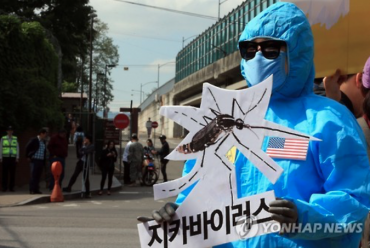
A recent analysis has revealed that 80% of individuals living alone are at risk of ‘lonely death’. (Image courtesy of Yonhap)
SEOUL, Jan. 30 (Korea Bizwire) – A recent analysis has revealed that 80% of individuals living alone are at risk of ‘lonely death’, with one in four to five solo dwellers being classified as in the ‘medium to high-risk’ group.
This finding comes from a survey conducted by the Korea Institute for Health and Social Affairs (KIHASA), assessing the level of isolation, mobility, and feelings of loss among single-person households.
According to a report published on January 28 by the Ministry of Health and Welfare and KIHASA, a survey of 9,471 single-person households found that 2.6% were at high risk of a lonely death, and 19.8% were at medium risk. Those classified as low risk made up 56.4% of the respondents.
The survey, which scored respondents out of 100 based on criteria such as cumulative feelings of failure and loss, solitary daily routines, social isolation, and high mobility in life, showed that 78.8% of single-person households were at some risk of dying alone, with 22.4% in the medium to high-risk categories.
In-depth analysis of those in the medium to high-risk groups revealed that 60.9% were men, with the largest age group being those in their 50s at 24.6%, followed by those in their 60s at 23.4%, and those in their 40s at 16.2%.
Temporary and daily workers comprised 50.7% of this group, and 63% were low-income earners with a household income of 2 million won or less. The data also showed that 45.5% had been living alone for over 10 years, and a significant majority were not receiving public services, with 91.6% of men and 84.3% of women reporting no access to such services.
The report highlighted that 19.7% had been hospitalized in the past year, 4% were unable to perform daily activities alone, 18.5% had made suicide plans, and 6.4% had attempted suicide.
Defined by the Act on the Prevention and Management of Lonely Deaths, a lonely death occurs when an individual, cut off from family and relatives and living in social isolation, dies from suicide, illness, or other causes, with their body discovered only after a significant period.
The number of lonely deaths has been on the rise, with a five-year average increase of 8.8%, particularly among men, who saw an annual increase of 10%. The most significant increase was observed in the 60s age group, which saw an average 18.5% rise each year.
The report suggests the need for an early detection system to prevent social isolation and a support structure for timely intervention, emphasizing the creation of proactive systems to identify individuals at risk of or prone to isolation within communities.
M. H. Lee (mhlee@koreabizwire.com)






